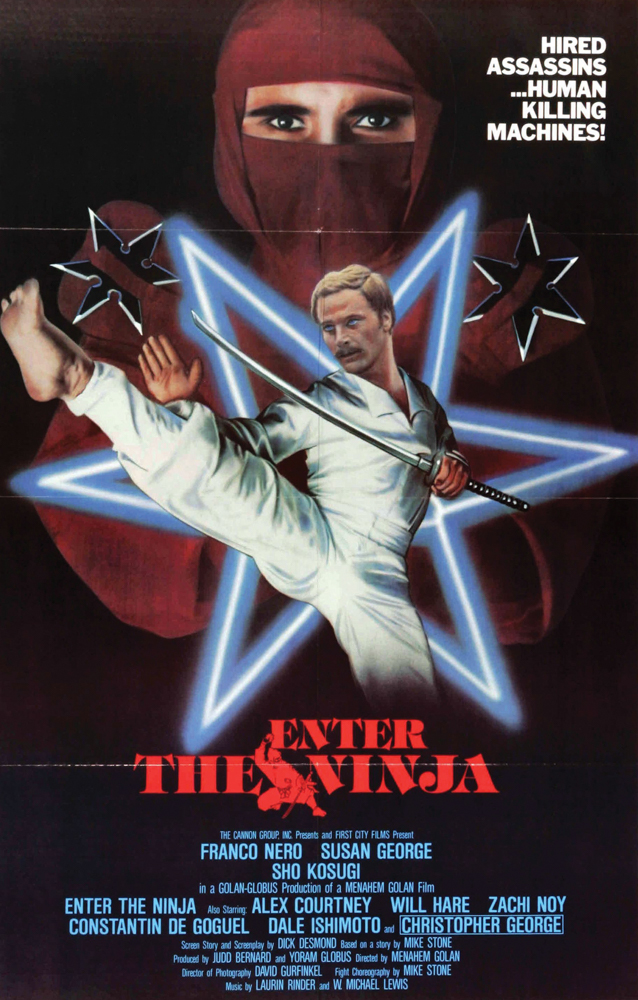Enter ‘The Matrix Reloaded’
The single most important thing to keep in mind when viewing “The Matrix Reloaded” is its release date, May 15, coincided with the release of Atari’s “Enter the Matrix” for Playstation 2, Xbox and Game Cube. Given this information, there are a few possible explanations for the cinematic atrocity that is “Reloaded.”
The first is that Matrix masterminds the Wachowski brothers were so psyched for the game’s release they simply couldn’t keep their minds on making a film and, as the game had not yet been released in the four days or so it must have taken them to make “Reloaded,” the directors simply played a sort of video game with their actors and cameras to pass the time.
The second, much less likely possibility, is something happened with the film’s budget. Maybe it went up someone’s nose in powder form, maybe it went into a rare Van Halen signature guitar for Reeves. Whatever the case, the Wachowski brothers, strapped for funding, had to borrow footage from the video game in order to fill in some large blank spaces in their own footage. Viewing “Reloaded” also suggests that the filmmakers were forced to digitally manipulate some footage from MTV’s “The Grind” in order to fill out the Zion scenes.
A third, not unlikely, explanation is that the film is actually a lengthy advertisement for the game. The first “Matrix,” the reasoning would go, has already sold people on a sequel, possibly even two if they are released rapidly enough, so the subsequent films, which no longer need to possess any entertainment value, may as well be put to work somehow. As Jean Baudrillard wrote in “Simulacra and Simulation,” the “real,” in this case a Matrix sequel, “no longer needs to be rational … it is no longer anything but operational.”
Operational is exactly what the film is, playing to the lowest expectations of its audience while setting up both the next sequel and the video game. While the first film was entertaining enough on its own to ensure that people would attend a sequel, “Reloaded” ends at a cliffhanger, aware that a large number of moviegoers would otherwise be too disenchanted to bother with a third installment of the series.
With regard to the digital origins of most media, Baudrillard writes that the “real” is now produced from “miniaturized cells, matrices, and memory banks … and it can be reproduced an indefinite number of times from these.” Much like the film and video game are interchangeable, the relationship between map and territory has been lost as evolving means of production have unified the two. “Something has disappeared,” Baudrillard writes, “the sovereign difference between (the map and territory) that constituted the charm of abstraction.”
The Wachowski brothers, who introduced Baudrillard’s ideas to mass audiences with the first “Matrix” film, should know this as well as anyone. Every opportunity that the film has to be philosophically interesting either degenerates into nonsense or is cut off by yet another overwrought action sequence, tailor made for an interactive adaptation. The scene, for instance, where Merovingian is musing on ideas of causality versus human choice quickly degenerates into the ridiculous orgasm-cake mishap, and Neo’s interaction with the Architect, a discussion which barely gets off the ground, is cut short by a race-against-time, Superman-style rescue of Trinity.
It is clear to any viewer that the reason these scenes are understated in the film is that they both feature people sitting or standing in a room and speaking with one another, which offers little substance that can be easily translated into video game material. It should also be noted that the first Matrix film, unlike virtually any successful action film of recent years, was never translated into a video game.
������
How could it have been when the most interesting scene involved Neo and Morpheus chatting against a blank white screen? While the first film also offered some spectacular action scenes, it was entirely a film, with its energies focused entirely on providing quality entertainment through the use of plot and character development as much as visual trickery and explosives, something that cannot be said of its sequel.



